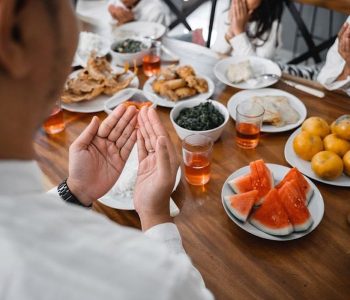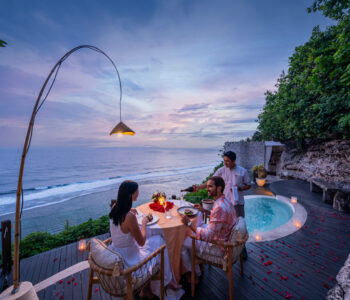Founded in 1817 by the order of the government of the Dutch East Indies, the Bogor Botanical Gardens (Kebun Raya Bogor) has thrived under the leadership of many renowned botanists including Johannes Elias Teijsmann, Rudolph Herman Christiaan Carel Scheffer, and Melchior Treub. Since its foundation, the garden has served as a major research centre for agriculture and horticulture. It is the oldest botanical garden in Southeast Asia and is very much worth visiting for reasons beyond an escape into greenery.
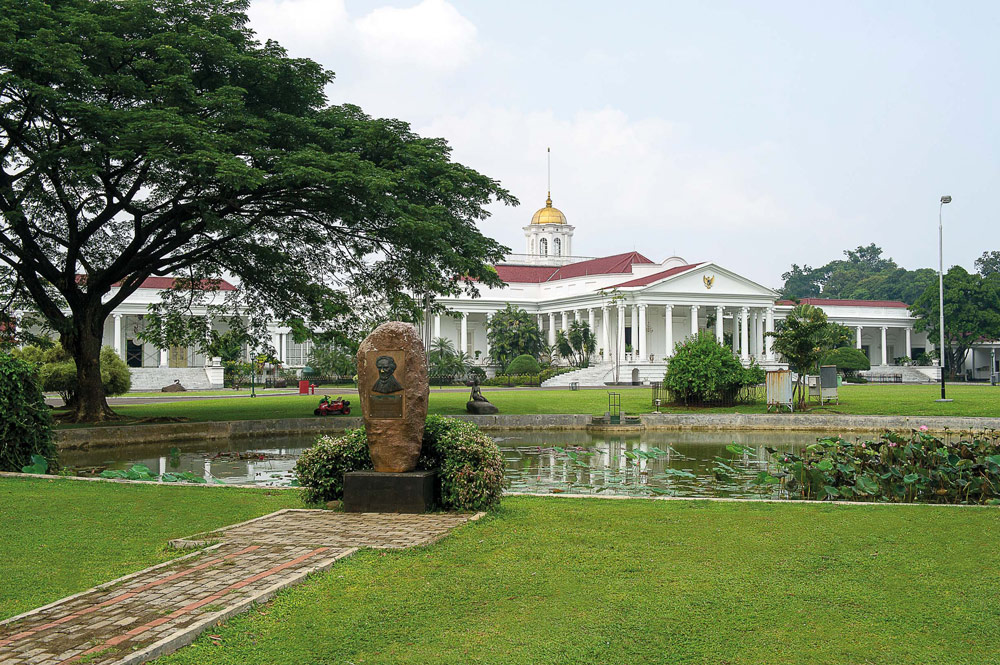
A Brief Overview of Kebun Raya Bogor
The Bogor Botanical Gardens (Kebun Raya Bogor) is located 60 km south of central Jakarta in the city centre and adjoins the Presidential Palace compound of Istana Bogor. It covers an area of 87 hectares (210 acres) and contains 13,983 different kinds of trees and plants of various origin. The geographic position of Bogor means it rains almost daily, even in the dry season, making the garden a wonderful location for the cultivation of tropical plants. Beyond its visual beauty, the history and relevance of the gardens are equally interesting.
Memorial of Lady Raffles in 1915
The area that is now Bogor Botanical Gardens was part of the samida (man-made forest) that was established at least around the era when Sri Baduga Maharaja (Prabu Siliwangi, 1474–1513) ruled the Sunda Kingdom. This forest was created to protect seeds of rare trees. The forest remained neglected after the Sundanese kingdom was destroyed in the 16th century. In 1744 the Dutch East India Company established a garden and mansion at the site of the present botanical gardens in Buitenzorg, now known as Bogor.
After the successful British invasion of Java in 1811, Sir Stamford Raffles was appointed as the island’s lieutenant governor, and he took Buitenzorg Palace as his residence. During his rule in the palace, he had the garden re-landscaped into English-style gardens. His wife, Olivia Mariamne Raffles, died in Buitenzorg on November 26, 1814, and was buried in Batavia. A memorial monument was built in the garden, as a commemoration for her.
The Gardens are Formally Established
When the Anglo-Dutch Treaty came into effect, the Netherlands in 1816 sent a ship with officials to resume control of the colony. Among those on board was the German-born botanist Caspar Georg Carl Reinwardt, who was appointed as head of agriculture, arts and science of the colony. A year later he proposed the establishment of a botanical garden, a move which was supported by Governor-General Van der Capellen. The garden was officially founded on 18 May 1817, next to the palace grounds through a collaboration with two botanists, William Kent from Holland and James Hooper from Kew Gardens in London. The garden was established as Lands Plantentuin (‘National Botanical Garden’). He became its first director for five years and gathered plants and seeds of economic potential from all over the archipelago for cultivation. Much of his taxonomic work was catalogued by his predecessor Carl Ludwig Blume in 1823, who recorded 914 plants in the garden.
At first this garden was only used as an experimental garden for plantation crops introduced to the Dutch East Indies plantations. However, thanks to subsequent developments, the establishment of the Bogor Botanical Gardens can be said to be the beginning of the development of science in Indonesia and as a forum for scientists, especially in the field of botany in Indonesia, in an organised manner at that time, between 1880 and 1905. From here bore fruit to several other scientific institutions, such as the Bibliotheca Bogoriensis (1842), the Herbarium Bogoriense (1844), the Cibodas Botanical Gardens (1860), the Treub Laboratory (1884), and the Zoological Museum and Laboratory (1894).
The Botanical Gardens are a platform for conducting research related to the rich diversity of Indonesian plants. Apart from focusing on research and conservation, Kebun Raya Bogor also carries out educational, tourism and environmental service functions. The implementation of these five functions must of course be continuously strengthened proportionally. It is hoped that cooperation and involvement of various parties can be a strengthening factor for the continuous development of the Botanical Gardens in the future.
The New Era of Kebun Raya Bogor: Beyond Tourism
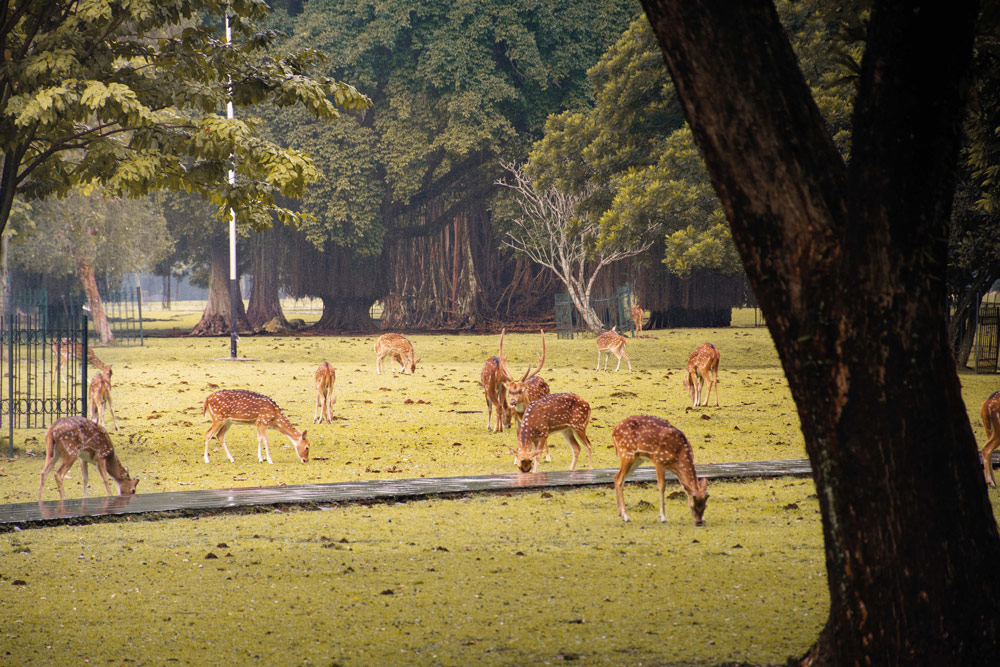
The Botanical Gardens now lives on as a conservation and educational tourism destination, as well as an educational and recreational facility for carrying out various activities with fascinating natural views. To support the comfort of visitors, various transport facilities are available, such as shuttle buses, bicycles, electric scooters and golf carts as steps to support eco-friendly initiatives and reduce carbon emissions. These are all environmentally-friendly ways to get around the extensive gardens while studying various types of plants in the Botanical Gardens collection.
Kebun Raya Bogor is also home to various daily activities, such as educational classes, tours of the gardens, and picnics with your family. Arranging and adding educational facilities such as QR codes for plant information that are digitally connected to the Kebunraya.id website and application is also one way that educational information is presented.
Interested in learning more about Bogor’s history?
Here’s a story on the historical 150-year-old railroad between the city and the capital.
The “5 Pillars” of the Botanical Gardens are:
1. Conservation: Preserving the diversity of ex situ plant species (conservation outside their natural habitat) as a reference collection with high scientific value for developing potential for sustainable use, as well as being used as an important reserve for efforts to restore endangered plant species by restoring degraded land.
2. Natural Tourism: Creating natural tourism that has a scientific basis, as well as refreshing and inspiring to support a better social life.
3. Education: Providing clearer information for visitors to increase knowledge in the fields of botany, conservation, the environment and plant use, as well as stimulating the growth and development of community awareness, concern, responsibility and commitment to plant conservation.
4. Environmental Services: Providing an ecological impact to improve environmental quality which includes water management, biodiversity, carbon absorption, and the beauty of plains/landscapes.
5. Research & Learning: Carrying out and facilitating various research and development activities in the fields of conservation, domestication and reintroduction of plants and economic botany.
Other Interesting Sites in the Garden
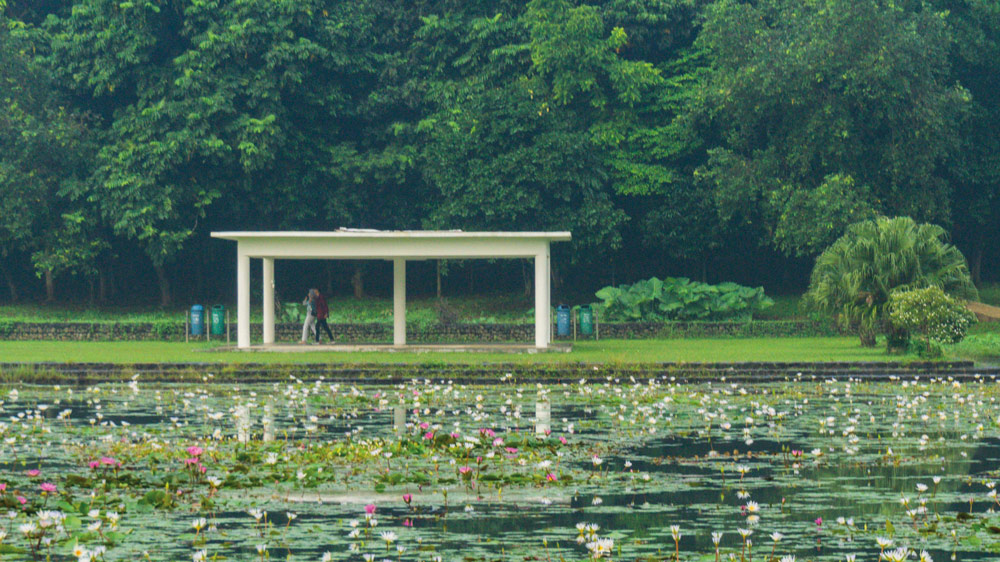
Medicine Garden / Living Pharmacy: The use of traditional medicines cannot be separated from the environment of Indonesian society. Therefore, as a conservation area, the Bogor Botanical Gardens also have a garden that collects medicinal plants consisting of various types of plants. To date, the medicinal plants being conserved are in two areas XXIV.A and XXIV B. The collection of medicinal plants in XXIV. A total of 175 types consisting of 55 tribes/nations/groups and 144 derivatives. Meanwhile, the collection of medicinal plants in vak XXIV.B consists of 228 types, consisting of 65 tribes/nations/groups and 172 derivatives. Visitors can find out the type and function of each plant by reading the information boards in several medicinal plant collections.
Nepenthes Park is a conservation park housing a range of unique carnivorous plants, built by the national energy company Pertamina. Pertamina has conserved several types of Nepenthes plants in this area, including: Nepenthes mirabilis, Nepenthes reinwardtiana, Nepenthes ampullaria, Nepenthes gracilis, Nepenthes xhookeriana, Nepenthes sumatrana, and Nepenthes rafflesiana.
In Indonesia, Nepenthes is known as “Kantong Semar”. These are carnivorous plants that produce pockets to trap and capture prey in the form of insects and other small animals for their nourishment. Nepenthes can be found on the islands of Kalimantan, Sumatra, Java, Sulawesi, Maluku and Papua. Also known as pitchers, they usually live in open, damp places that lack nutrition. The pitcher is a plant that is threatened with extinction due to land and forest conversion of its natural habitat.
This is just a short glimpse of the history and some of the dedicated sections of the amazing gardens, which need to be visited to be understood and fully appreciated. This is a place of learning but also a place of peace and nature where you can really appreciate the wonders of nature. It is well worth a full-day trip.
Jl. Ir. H. Juanda No.13, Kota Bogor, West Java | Map is also shown below
+62 251 8311362 | info@kebunraya.id
kebunraya.id

